Home>Articles>How To Store Aloe Vera Gel For Long Time Without Refrigeration
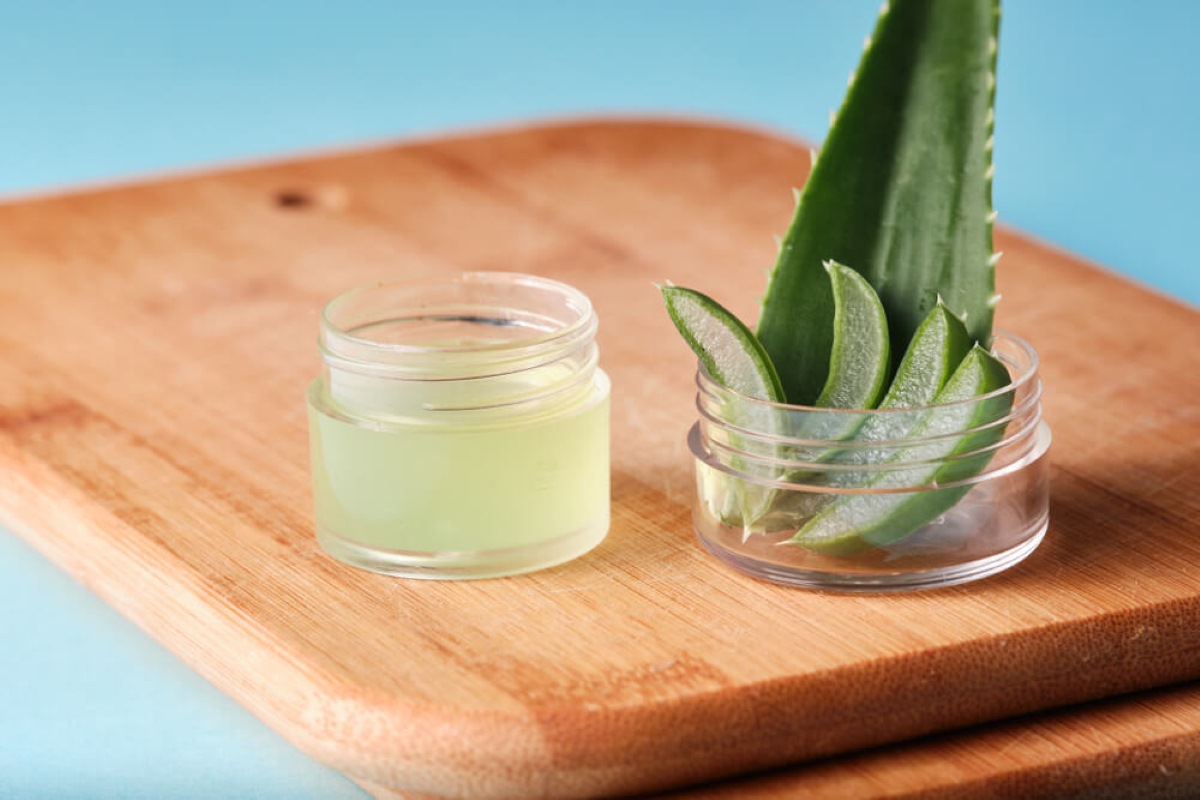

Articles
How To Store Aloe Vera Gel For Long Time Without Refrigeration
Modified: October 20, 2024
Learn how to store aloe vera gel for a long time without refrigeration with our informative articles. Preserve the freshness and effectiveness of your aloe vera gel effortlessly.
(Many of the links in this article redirect to a specific reviewed product. Your purchase of these products through affiliate links helps to generate commission for Storables.com, at no extra cost. Learn more)
Introduction
Aloe vera gel is a versatile and beneficial natural remedy known for its soothing and healing properties. It is widely used in skincare routines, hair care products, and even as a dietary supplement. The gel, extracted from the aloe vera plant, is rich in vitamins, minerals, and antioxidants that provide numerous health benefits.
While many people prefer to use freshly extracted aloe vera gel, it may not always be convenient to do so. That’s where proper storage methods come into play. Storing aloe vera gel without refrigeration is a common concern, especially when you want to preserve it for an extended period.
This article will explore the various methods for storing aloe vera gel without refrigeration, allowing you to keep it on hand for longer periods and reap its benefits whenever you need them.
Key Takeaways:
- Preserve aloe vera gel without refrigeration using natural preservatives, citric acid, vitamin E oil, essential oils, or alcohol. Freezer storage is also an option for extended freshness and convenience.
- Follow proper storage techniques to maintain aloe vera gel’s quality and effectiveness. Use clean utensils, airtight containers, and label with preservation dates for optimal results.
Read more: How To Make Aloe Vera Gel Without Blender
Why store aloe vera gel without refrigeration?
Refrigeration is the go-to method for preserving perishable items, but when it comes to aloe vera gel, refrigeration may not always be the most convenient option. There are several reasons why you might want to store aloe vera gel without refrigeration:
- Convenience: Refrigerating aloe vera gel can take up valuable space in your refrigerator, especially if you have limited storage capacity.
- Travel-friendly: If you’re traveling or on the go, refrigeration may not be readily available. Finding alternative methods to store aloe vera gel allows you to carry it with you wherever you go.
- Preservation: Refrigeration can alter the consistency and texture of aloe vera gel, making it less effective. Keeping it at room temperature or using other preservation methods can help maintain its quality and effectiveness for a longer period.
- Avoiding wastage: Refrigeration can make aloe vera gel prone to mold or bacterial growth if not stored properly. Finding alternative storage methods without refrigeration can prevent wastage and ensure the gel remains safe to use.
By exploring other storage methods for aloe vera gel without refrigeration, you can maintain its freshness, efficacy, and convenience without the need for constant refrigeration.
Methods for Preserving Aloe Vera Gel Without Refrigeration
Preserving aloe vera gel without refrigeration requires alternative methods to prevent spoilage and maintain its quality. Here are several effective methods you can use:
- Method 1: Using Natural Preservatives
- Method 2: Using Citric Acid
- Method 3: Using Vitamin E Oil
- Method 4: Using Essential Oils
- Method 5: Using Alcohol
- Method 6: Using Freezer Storage
One of the simplest ways to preserve aloe vera gel is by adding natural preservatives. Ingredients such as grapefruit seed extract or neem oil have antimicrobial properties that can help extend the shelf life of the gel. To use this method, mix a few drops of the chosen preservative into the freshly extracted gel, ensuring even distribution, and store it in a sealed container.
Citric acid is a popular food preservative that can also be used to preserve aloe vera gel. Add a small amount of citric acid (around 0.2-0.4%) to the gel and mix thoroughly. The citric acid helps maintain the pH level, preventing the growth of bacteria and mold.
Vitamin E oil is revered for its antioxidant properties and can help preserve aloe vera gel. Add a few drops of vitamin E oil to the gel and mix well. This method not only helps prolong the shelf life but also adds additional skin-nourishing benefits.
Essential oils, such as tea tree oil or lavender oil, have antimicrobial properties that can help preserve aloe vera gel. Add a few drops of your preferred essential oil to the gel and mix thoroughly. Choose oils that complement the soothing properties of aloe vera and have additional preservation benefits.
Alcohol, such as rubbing alcohol or vodka, can act as a preservative for aloe vera gel. Mix a small amount of alcohol (around 1-2%) with the gel and ensure it is thoroughly blended. The alcohol helps inhibit microbial growth, extending the gel’s shelf life.
If you have ample freezer space, another option is to store aloe vera gel in small, freezer-safe containers. Freezing the gel can help retain its freshness and nutrients for an extended period. Portion the gel into individual containers, leaving some room for expansion, and store them in the freezer. Thaw out one container at a time as needed.
These methods provide effective alternatives to refrigeration for storing aloe vera gel. Experiment with different methods to find the one that works best for your preferences and requirements.
Method 1: Using Natural Preservatives
One of the simplest and most natural ways to preserve aloe vera gel without refrigeration is by using natural preservatives. Natural preservatives not only help extend the shelf life of the gel but also provide added benefits for your skin. Here’s how to use this method:
- Select the right natural preservative: There are various natural preservatives to choose from, including grapefruit seed extract, neem oil, or rosemary extract. These ingredients have antimicrobial properties that can inhibit the growth of bacteria, fungi, and molds.
- Prepare the aloe vera gel: Start by extracting the gel from the aloe vera plant. Cut open a fresh leaf and scoop out the gel using a spoon or knife. Place the gel in a clean bowl.
- Add the natural preservative: Add a few drops of the selected natural preservative to the aloe vera gel. The recommended amount is usually around 0.5-1% of the total volume of the gel. Be sure to follow the instructions provided with the preservative to ensure proper usage.
- Mix thoroughly: Gently stir or whisk the gel and the natural preservative together to ensure even distribution. Make sure the preservative is evenly incorporated throughout the gel to provide consistent protection against spoilage.
- Store in a sealed container: Transfer the preserved aloe vera gel to a clean, airtight container. Using a dark or opaque container can help protect the gel from light exposure, which can degrade its beneficial properties. Label the container with the date of preservation for reference.
- Keep in a cool, dry place: Store the aloe vera gel in a cool, dry place away from direct sunlight and excessive heat. High temperatures can accelerate spoilage, so it’s important to keep the gel in a cool environment.
Using natural preservatives is a safe and effective way to store aloe vera gel without refrigeration. These preservatives not only extend the shelf life of the gel but also provide additional skincare benefits. Enjoy the convenience of having preserved aloe vera gel on hand whenever you need it!
Method 2: Using Citric Acid
Citric acid is a widely available and effective food preservative that can also be used to preserve aloe vera gel. It helps maintain the pH level of the gel, inhibiting the growth of bacteria and fungi. Here’s a step-by-step guide on using citric acid to preserve aloe vera gel:
- Prepare the aloe vera gel: Extract the gel from fresh aloe vera leaves, making sure to remove any yellowish sap near the skin. Scoop out the gel using a spoon or knife and place it in a clean bowl.
- Add citric acid: Measure out a small amount of citric acid, usually around 0.2-0.4% of the total volume of the gel. Sprinkle the citric acid into the bowl with the gel.
- Mix thoroughly: Use a spoon or whisk to mix the citric acid into the aloe vera gel. Continue mixing until the citric acid is fully dissolved and evenly distributed throughout the gel.
- Transfer to a container: Pour the preserved aloe vera gel into a clean, airtight container. It’s advisable to use a dark or opaque container to protect the gel from exposure to light, which can degrade its beneficial properties.
- Label and store: Label the container with the date of preservation for reference. Store the preserved aloe vera gel in a cool, dry place away from direct sunlight and excessive heat.
With the addition of citric acid, your aloe vera gel will have an extended shelf life. Citric acid acts as a natural preservative, helping to prevent spoilage and maintain the freshness of the gel. Now you can store your aloe vera gel without refrigeration and enjoy its soothing benefits for a longer period.
Read more: How To Store Aloe Vera Plant Gel
Method 3: Using Vitamin E Oil
Vitamin E oil is not only beneficial for the skin but can also be used as a natural preservative to extend the shelf life of aloe vera gel without refrigeration. Its antioxidant properties help prevent the oxidation of the gel, keeping it fresh for a longer period. Here’s how to use vitamin E oil to preserve aloe vera gel:
- Extract the aloe vera gel: Harvest the gel by cutting open a mature aloe vera leaf. Scoop out the gel using a spoon or knife and transfer it to a clean bowl.
- Add vitamin E oil: Measure out a few drops of vitamin E oil. The recommended amount is usually around 0.5-1% of the total volume of the gel. Mix the vitamin E oil into the aloe vera gel.
- Thoroughly blend the mixture: Using a spoon or whisk, blend the gel and vitamin E oil together until they are well combined. Ensure that the oil is evenly distributed throughout the gel.
- Transfer to a storage container: Pour the preserved aloe vera gel into a clean, airtight container. Opt for a dark or opaque container to shield the gel from light exposure, which can degrade its beneficial properties.
- Label and store: Label the container with the date of preservation for future reference. Store the container in a cool, dry place away from direct sunlight and excessive heat.
With the addition of vitamin E oil, your aloe vera gel will not only last longer but also benefit from the nourishing properties of the oil. Vitamin E oil helps keep the gel fresh and enhances its overall effectiveness. Make sure to follow these steps to preserve your aloe vera gel without refrigeration using vitamin E oil.
Store aloe vera gel in an airtight container and keep it in a cool, dark place away from direct sunlight. Adding vitamin E oil can help extend its shelf life.
Method 4: Using Essential Oils
Essential oils are not only known for their aromatic qualities but also for their antimicrobial properties, making them excellent natural preservatives for aloe vera gel. Adding essential oils to the gel helps inhibit the growth of bacteria, fungi, and molds, extending its shelf life without refrigeration. Here’s how to use essential oils to preserve aloe vera gel:
- Prepare the aloe vera gel: Extract the gel from fresh aloe vera leaves, discarding any yellow sap near the skin. Collect the gel in a clean bowl.
- Select the essential oil: Choose essential oils that not only complement the soothing properties of aloe vera gel but also have antimicrobial benefits. Tea tree oil, lavender oil, and rosemary oil are popular choices for their preservation properties.
- Add essential oils to the gel: Measure out a few drops of your chosen essential oil, ensuring a dilution ratio of around 1-2% of the total volume of the gel. Add the drops directly into the aloe vera gel.
- Mix thoroughly: Use a spoon or whisk to thoroughly blend the essential oils into the gel. Stir until the oils are evenly distributed throughout the gel.
- Transfer to a container: Pour the preserved aloe vera gel into a clean, airtight container. It’s advisable to use a dark or opaque container to protect the gel from light exposure, which can degrade its beneficial properties.
- Label and store: Label the container with the date of preservation for reference. Store the preserved aloe vera gel in a cool, dry place away from direct sunlight and excessive heat.
By incorporating essential oils into your preservation process, you not only enhance the shelf life of aloe vera gel but also add additional therapeutic benefits. Enjoy the convenience of preserved aloe vera gel with the natural antimicrobial properties of essential oils.
Method 5: Using Alcohol
Alcohol, such as rubbing alcohol or vodka, can act as an effective preservative for aloe vera gel, helping extend its shelf life without refrigeration. Alcohol has antimicrobial properties that inhibit the growth of bacteria and fungi, keeping the gel fresh and safe to use. Here’s how to use alcohol to preserve aloe vera gel:
- Prepare the aloe vera gel: Extract the gel from fresh aloe vera leaves, ensuring you remove any yellowish sap near the skin. Collect the gel in a clean bowl.
- Select the alcohol: Choose a high-proof alcohol such as rubbing alcohol (isopropyl alcohol) or vodka. Make sure the alcohol content is at least 70% to be effective as a preservative.
- Add alcohol to the gel: Measure out a small amount of alcohol, around 1-2% of the total volume of the gel. Add it directly to the aloe vera gel.
- Mix thoroughly: Use a spoon or whisk to mix the alcohol and gel together thoroughly. Ensure that the alcohol is evenly distributed throughout the gel.
- Transfer to a container: Pour the preserved aloe vera gel into a clean, airtight container. It’s recommended to use a dark or opaque container to protect the gel from light exposure, which can degrade its beneficial properties.
- Label and store: Label the container with the date of preservation for future reference. Store the container in a cool, dry place away from direct sunlight and excessive heat.
With the addition of alcohol, your aloe vera gel will have a prolonged shelf life while still maintaining its quality and effectiveness. Enjoy the convenience of preserved aloe vera gel that is safe to use and doesn’t require refrigeration.
Method 6: Using Freezer Storage
If you have ample freezer space, another option for storing aloe vera gel without refrigeration is by utilizing freezer storage. Freezing the gel helps retain its freshness and nutrients for an extended period. Here’s how to effectively store aloe vera gel in the freezer:
- Prepare the aloe vera gel: Extract the gel from fresh aloe vera leaves, making sure to remove any yellow sap near the skin. Transfer the gel to a clean bowl.
- Portion into containers: Divide the gel into individual portions depending on your usage needs. Small, freezer-safe containers or ice cube trays are ideal for this. Leave a little bit of room at the top of each container to allow for expansion during freezing.
- Seal and label: Cover the containers with their respective lids or wrap them tightly with plastic wrap. Label each container with the date of freezing for easy reference later on.
- Freeze the gel: Place the containers in the freezer and ensure they are stored upright to prevent any leakage or spillage. Allow the gel to freeze completely, which usually takes a few hours.
- Thaw when needed: When you want to use a portion of the aloe vera gel, remove it from the freezer and let it thaw at room temperature. Avoid microwaving or using hot water to hasten the thawing process, as high temperatures can affect the quality of the gel.
- Discard any unused portions: Once thawed, use the aloe vera gel within a reasonable time frame and discard any remaining gel that you don’t intend to use. Repeat the freezing and thawing process as needed.
By using freezer storage, you can preserve aloe vera gel for a longer period while maintaining its freshness and beneficial properties. Enjoy the convenience of having frozen aloe vera gel on hand whenever you need it!
Read more: How To Store Aloe Vera Leaves
Tips for Storing Aloe Vera Gel Effectively
Proper storage is crucial to maintain the quality and effectiveness of aloe vera gel. Here are some helpful tips to ensure you store your gel effectively:
- Use clean utensils and containers: Always use clean spoons, knives, and bowls when handling aloe vera gel. This helps prevent contamination and ensures the gel remains fresh.
- Keep containers airtight: Use containers with airtight seals to prevent air exposure. Oxygen can deteriorate the gel and reduce its potency over time.
- Opt for dark or opaque containers: Store aloe vera gel in containers that are dark or opaque to protect it from light exposure. Light can degrade the gel’s beneficial properties.
- Label containers with dates: Clearly label each container with the date of preservation or freezing. This allows you to keep track of the gel’s freshness and determine its expiration timeline.
- Store in a cool place: Keep the gel in a cool, dry place away from direct sunlight and excessive heat. High temperatures can accelerate spoilage and decrease the gel’s effectiveness.
- Avoid contamination: Always wash your hands thoroughly before handling aloe vera gel to prevent introducing bacteria or other contaminants. Additionally, avoid dipping fingers directly into the gel to maintain its purity.
- Check for signs of spoilage: Regularly inspect the stored gel for any changes in color, texture, or odor. If you notice any unusual or off-putting signs, it’s best to discard the gel and prepare a fresh batch.
- Consider batch sizes: Depending on your usage, consider preparing aloe vera gel in smaller, frequently-used batches. This reduces the chances of spoilage and allows you to use the gel within a reasonable timeframe.
- Follow proper extraction techniques: When extracting aloe vera gel from the plant, ensure that you properly remove the yellow sap near the skin. This sap can be bitter and may adversely affect the taste and quality of the gel.
- Remember freezing as an option: If you have limited options for storage, freezing aloe vera gel in portions can help extend its shelf life while maintaining its freshness and beneficial properties.
By following these tips, you can effectively store aloe vera gel without refrigeration and ensure it remains fresh and potent for an extended period. Take proper care of your gel, and you’ll have access to its soothing and healing benefits whenever you need them!
Conclusion
Storing aloe vera gel without refrigeration is a common concern for those who want to preserve its healing and soothing properties. Thankfully, there are various methods available to help extend its shelf life and maintain its effectiveness. From using natural preservatives like grapefruit seed extract or neem oil to incorporating citric acid, vitamin E oil, essential oils, or alcohol, these methods provide effective alternatives to refrigeration.
Additionally, if freezer space is available, storing aloe vera gel in small, freezer-safe containers can help retain its freshness and nutrients for an extended period. It’s crucial to follow proper storage techniques, such as using clean utensils and containers, keeping them airtight and away from light, and labeling with preservation dates, to ensure optimal results.
By implementing these storage methods and tips, you can store aloe vera gel effectively while maintaining its quality and preventing spoilage. Whether you’re looking for convenience, travel-friendly options, or simply want to avoid wastage, these methods allow you to have preserved aloe vera gel on hand whenever you need it.
Remember to check for signs of spoilage regularly and discard any gel that shows signs of deterioration. With proper storage and care, you can enjoy the benefits of aloe vera gel for an extended period, whether it’s for skincare, haircare, or other health-related purposes.
So go ahead, experiment with these methods, and find the one that works best for you. Preserve your aloe vera gel without refrigeration and make the most of its natural healing properties.
Frequently Asked Questions about How To Store Aloe Vera Gel For Long Time Without Refrigeration
Was this page helpful?
At Storables.com, we guarantee accurate and reliable information. Our content, validated by Expert Board Contributors, is crafted following stringent Editorial Policies. We're committed to providing you with well-researched, expert-backed insights for all your informational needs.
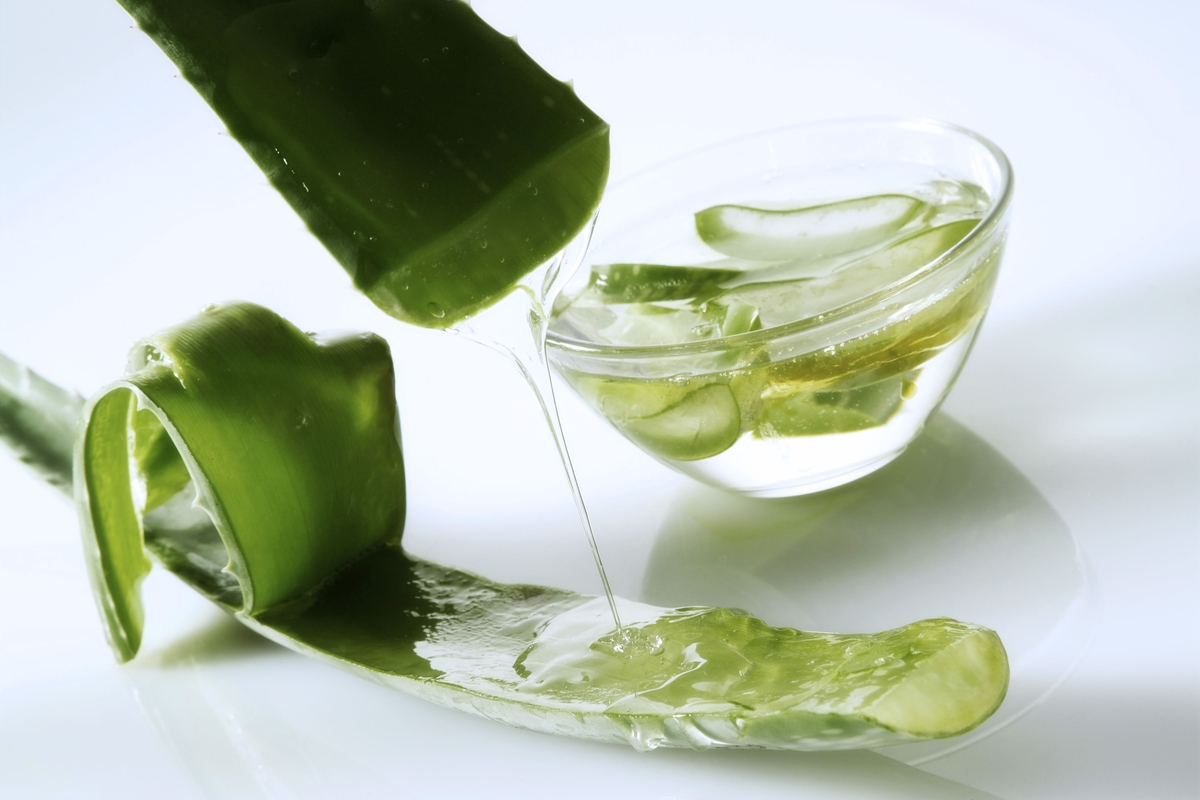
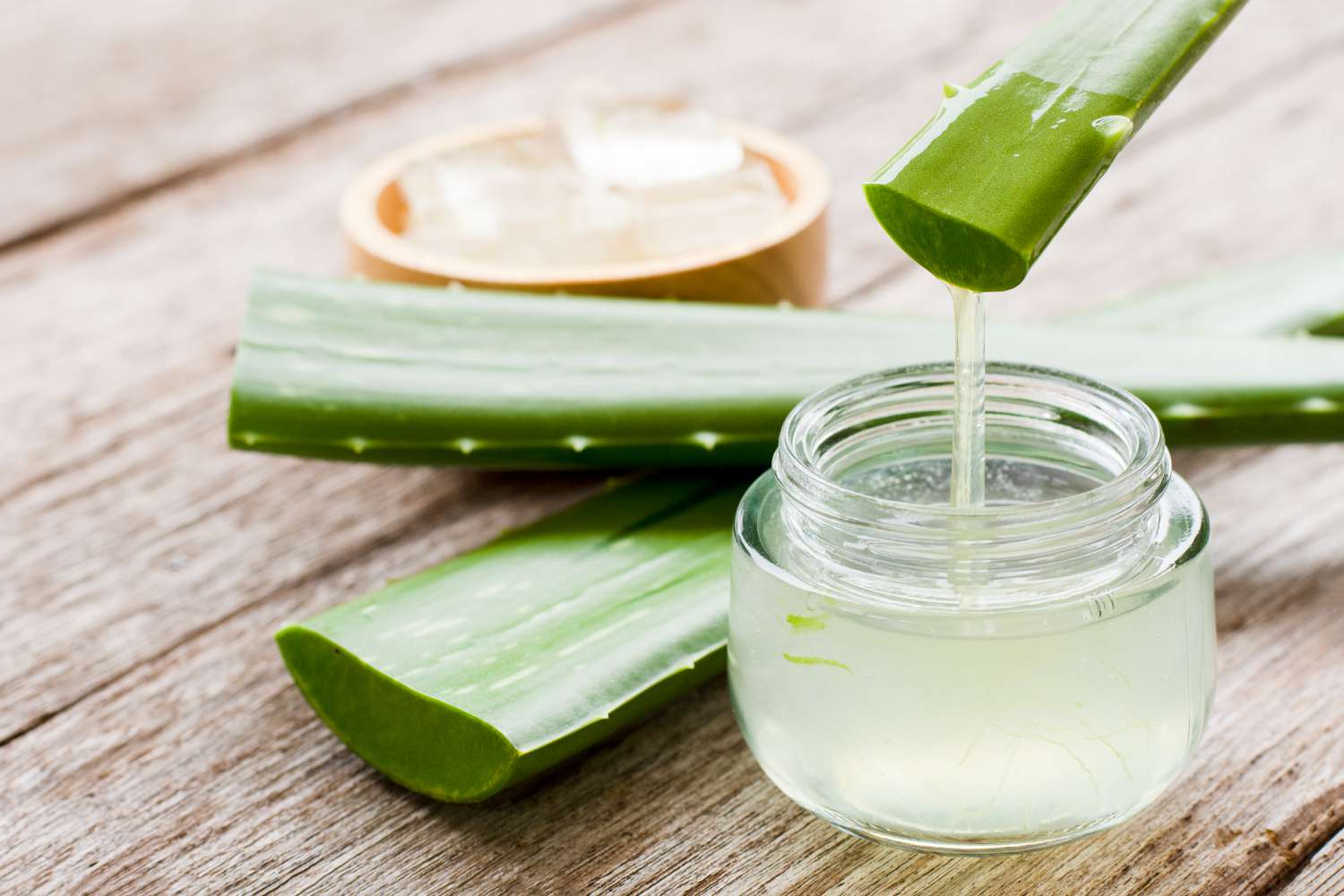
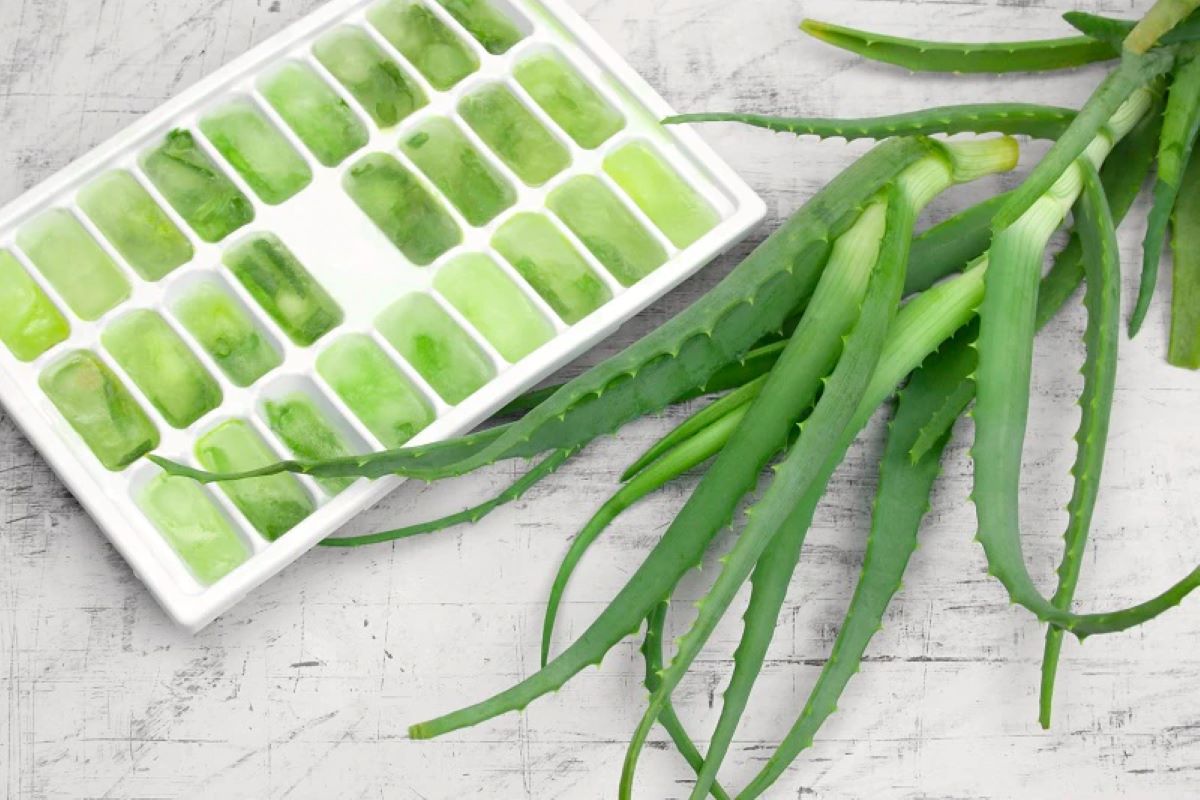
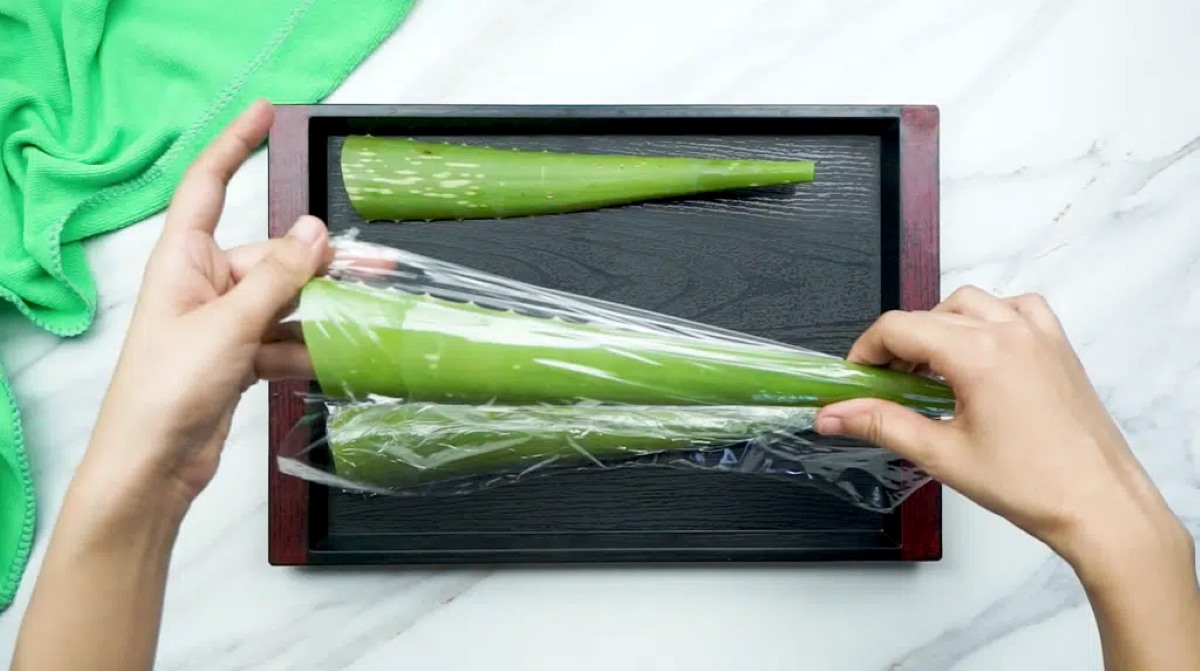
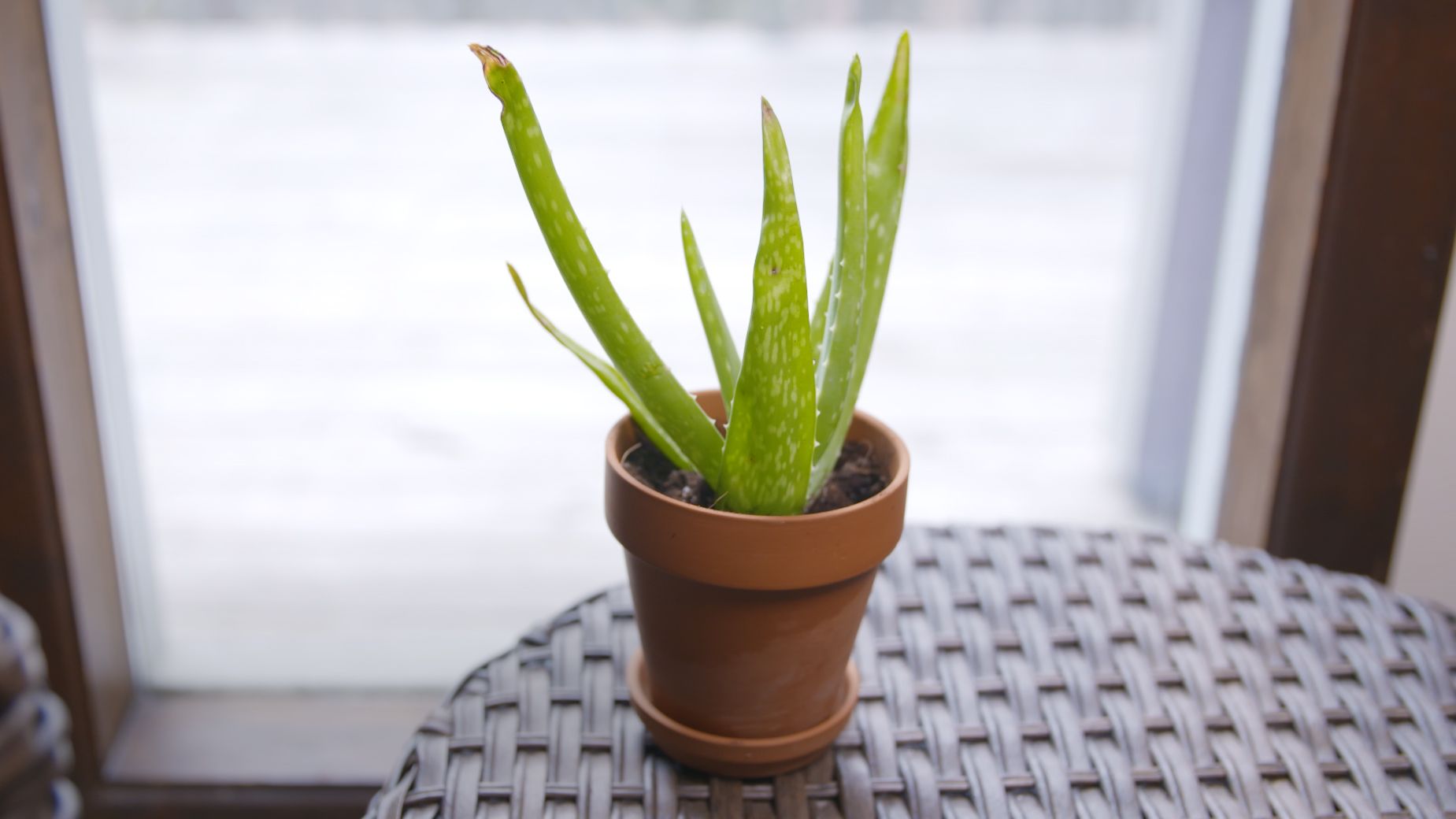
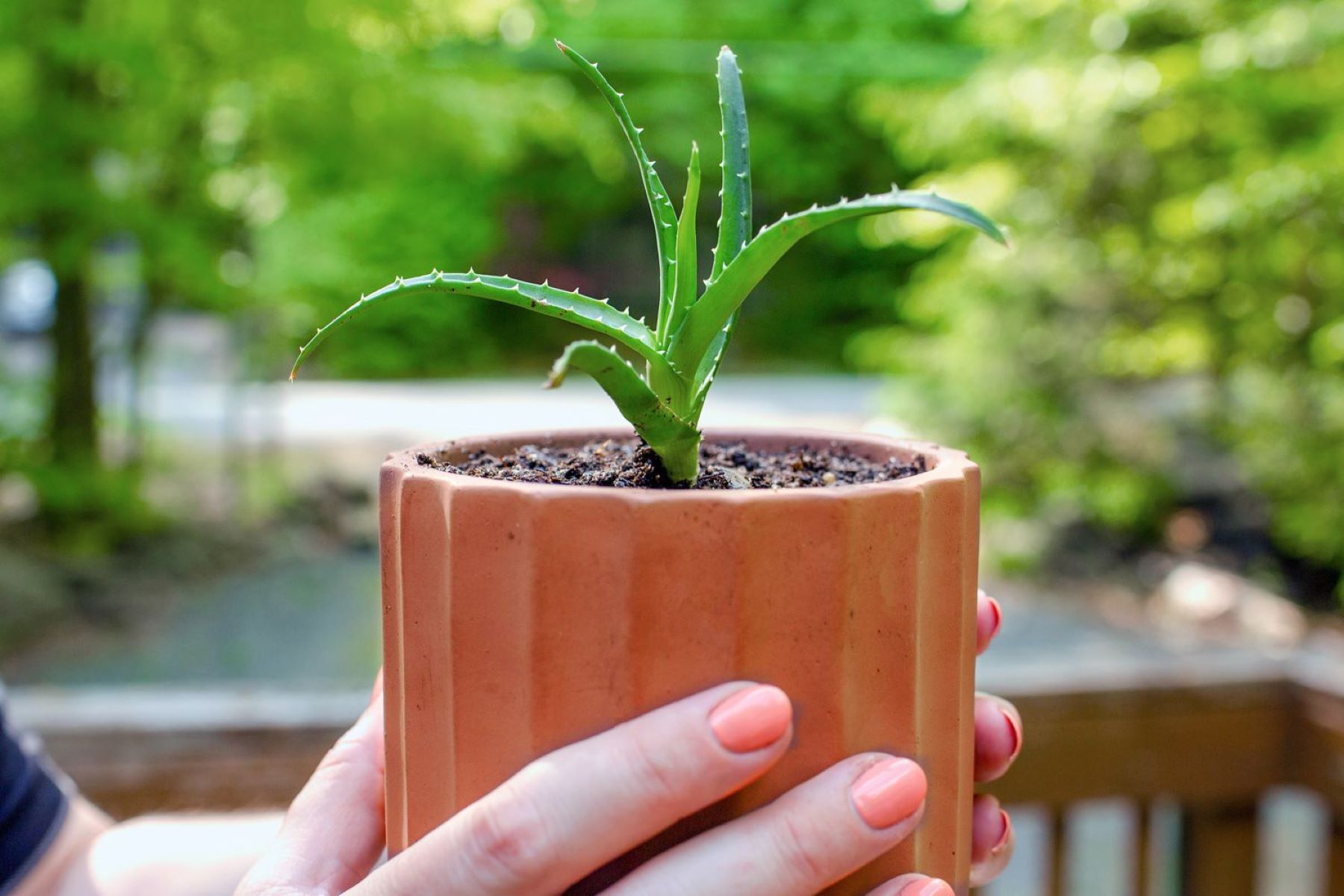
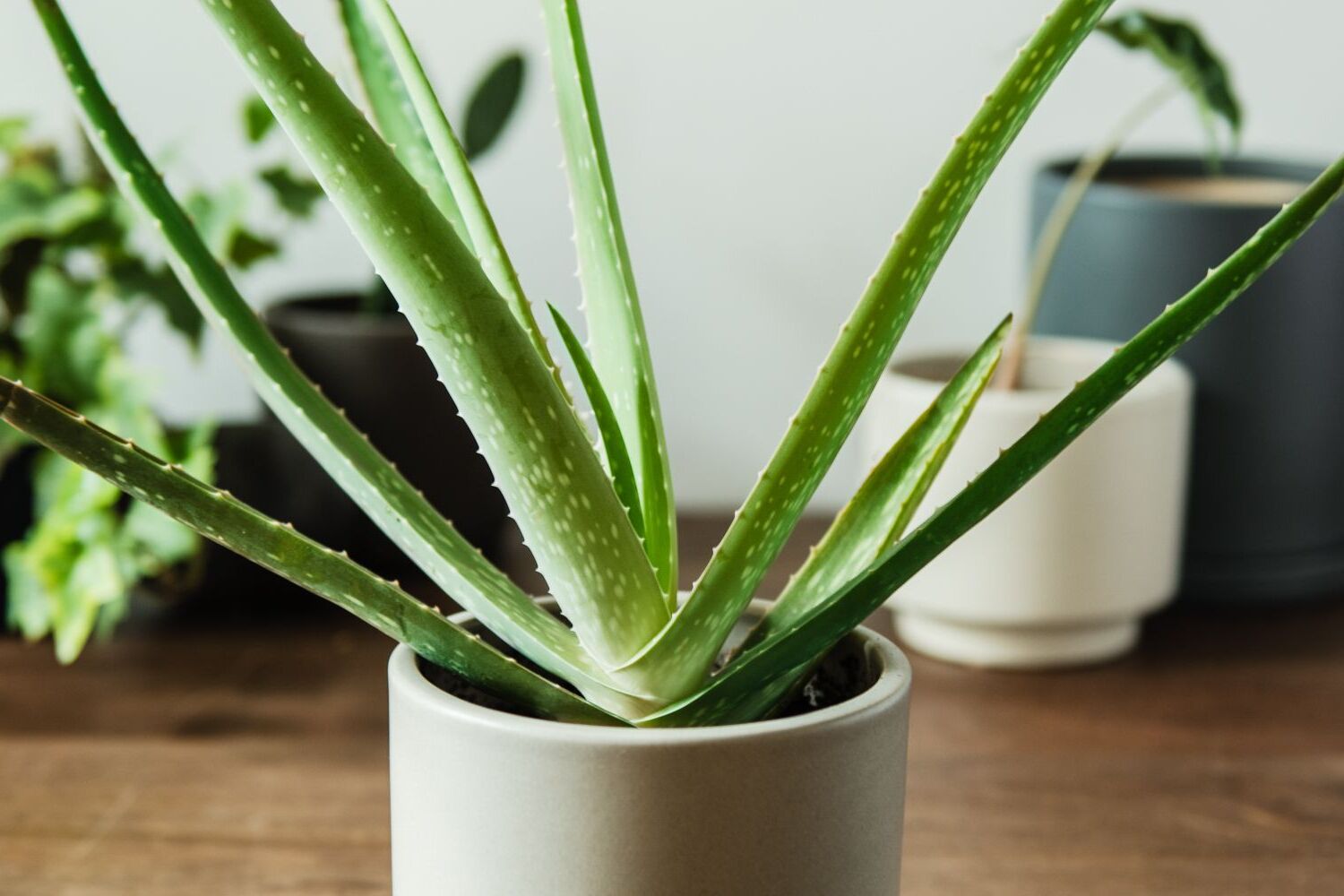

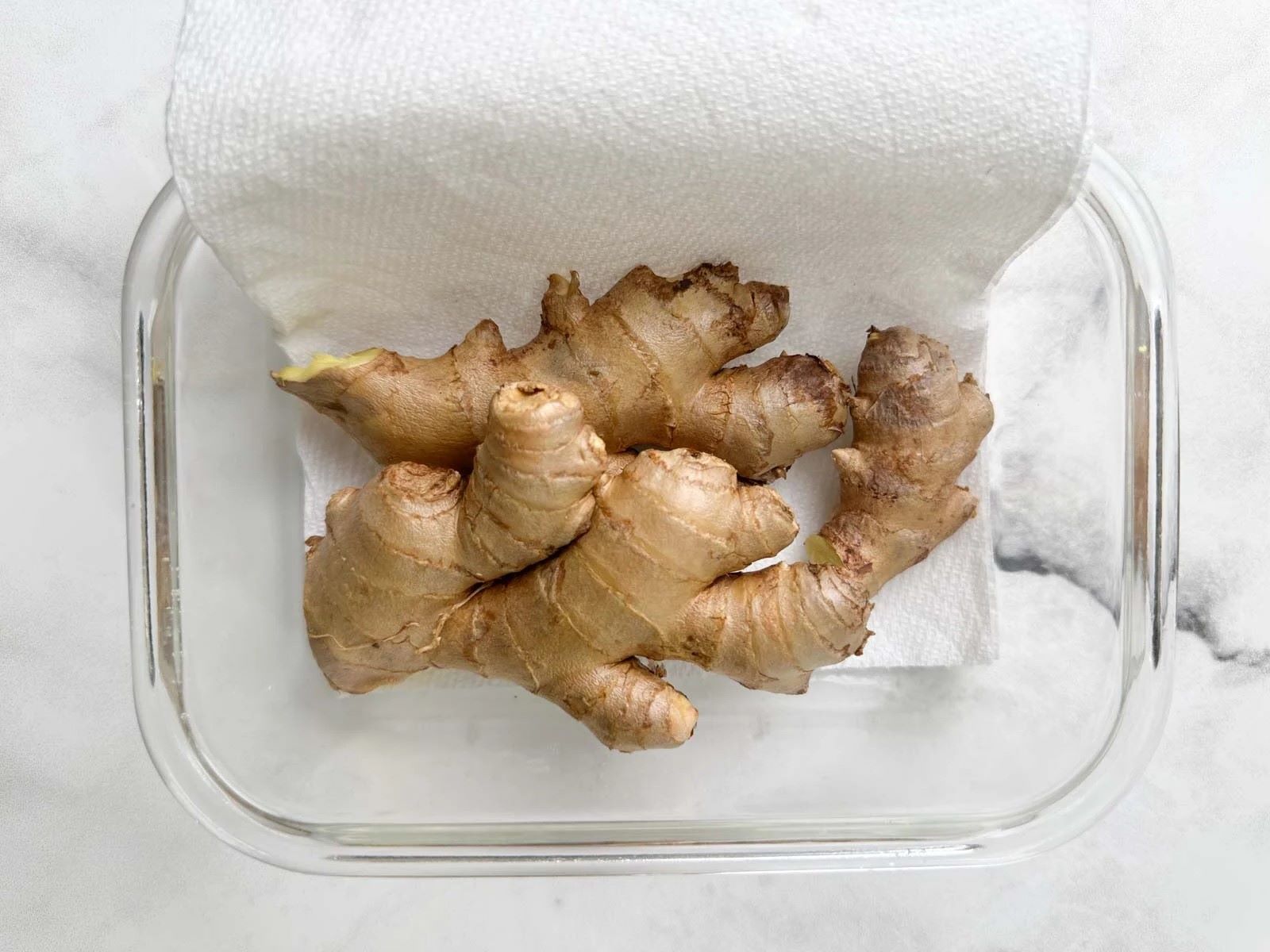
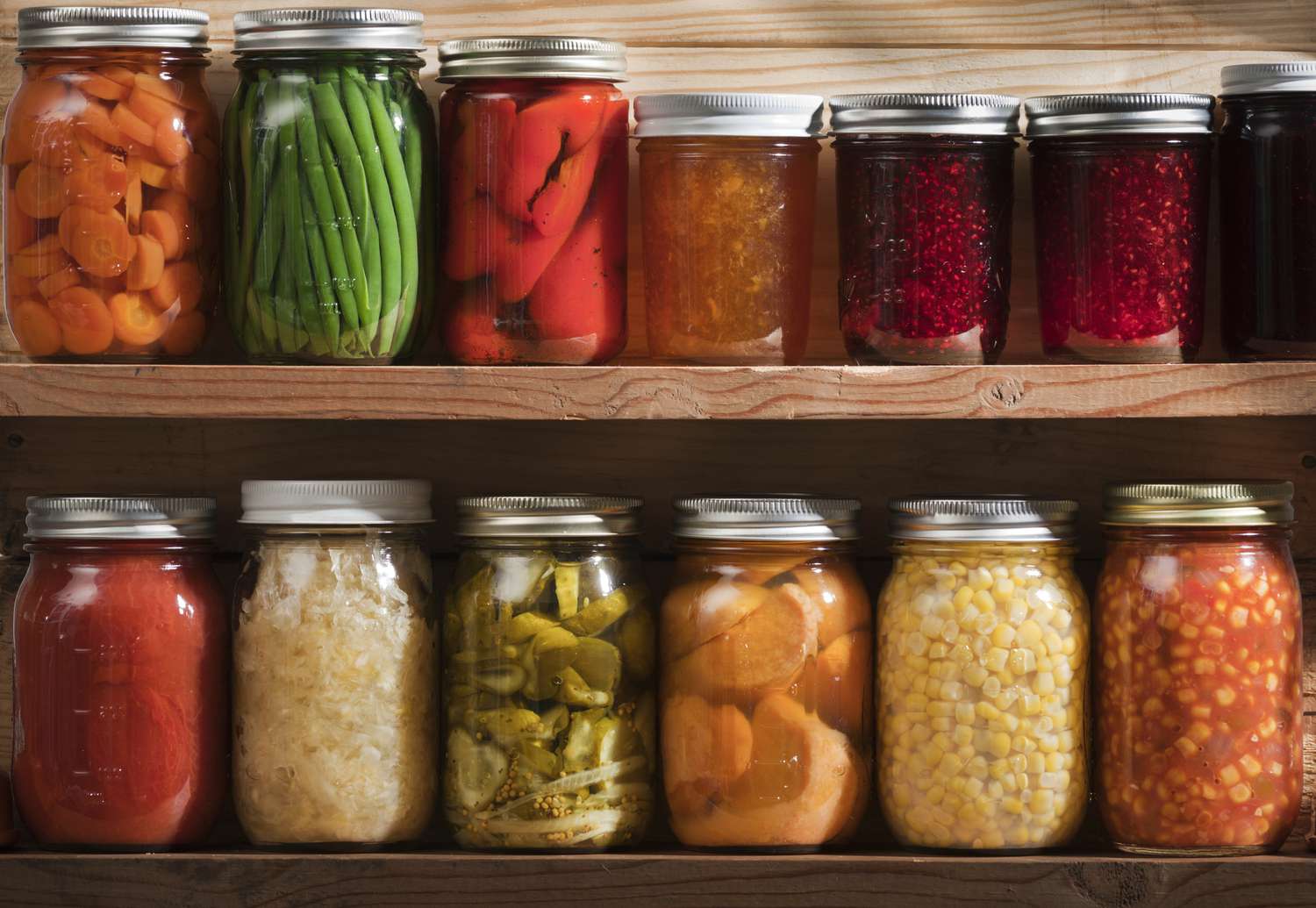

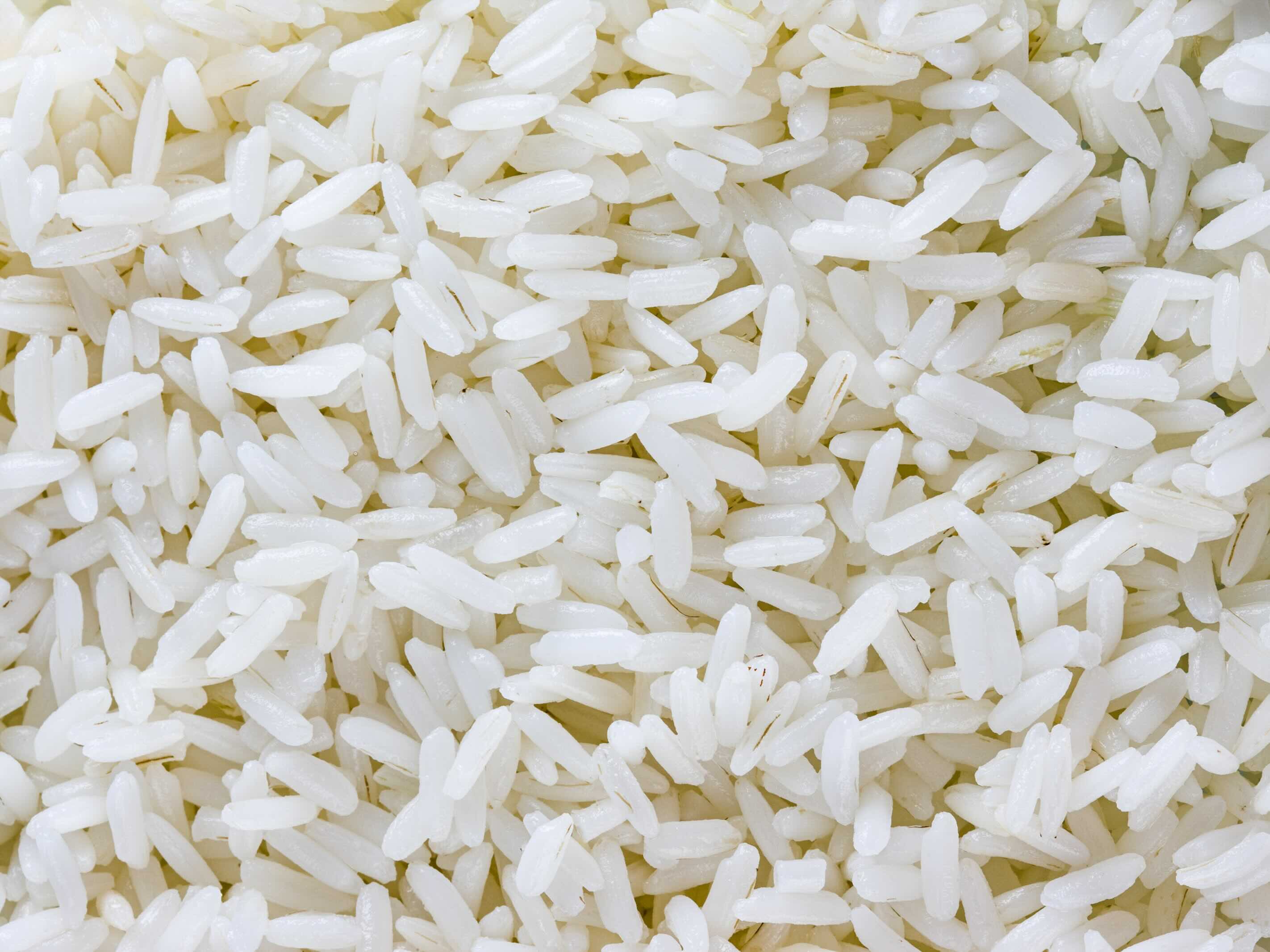


0 thoughts on “How To Store Aloe Vera Gel For Long Time Without Refrigeration”